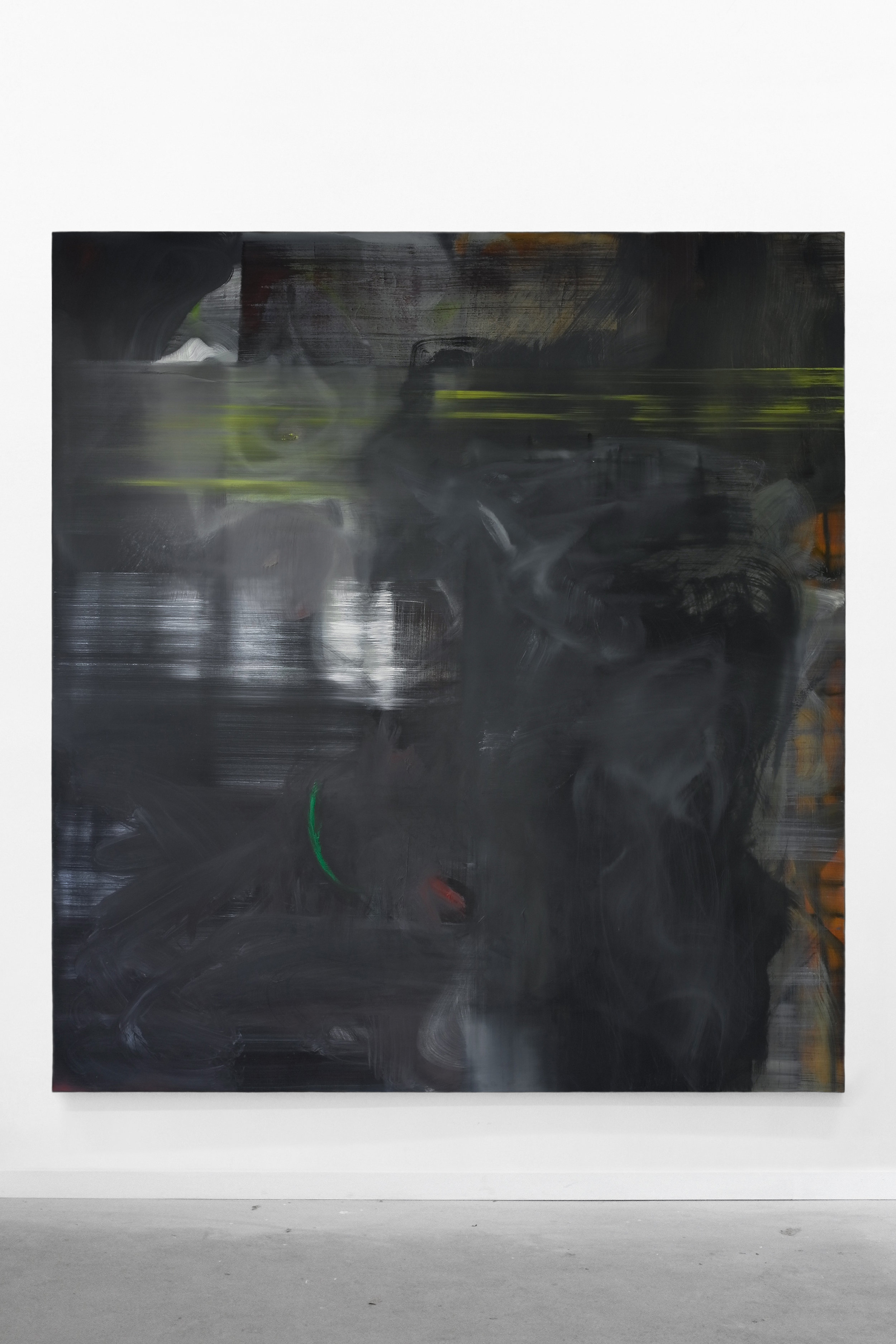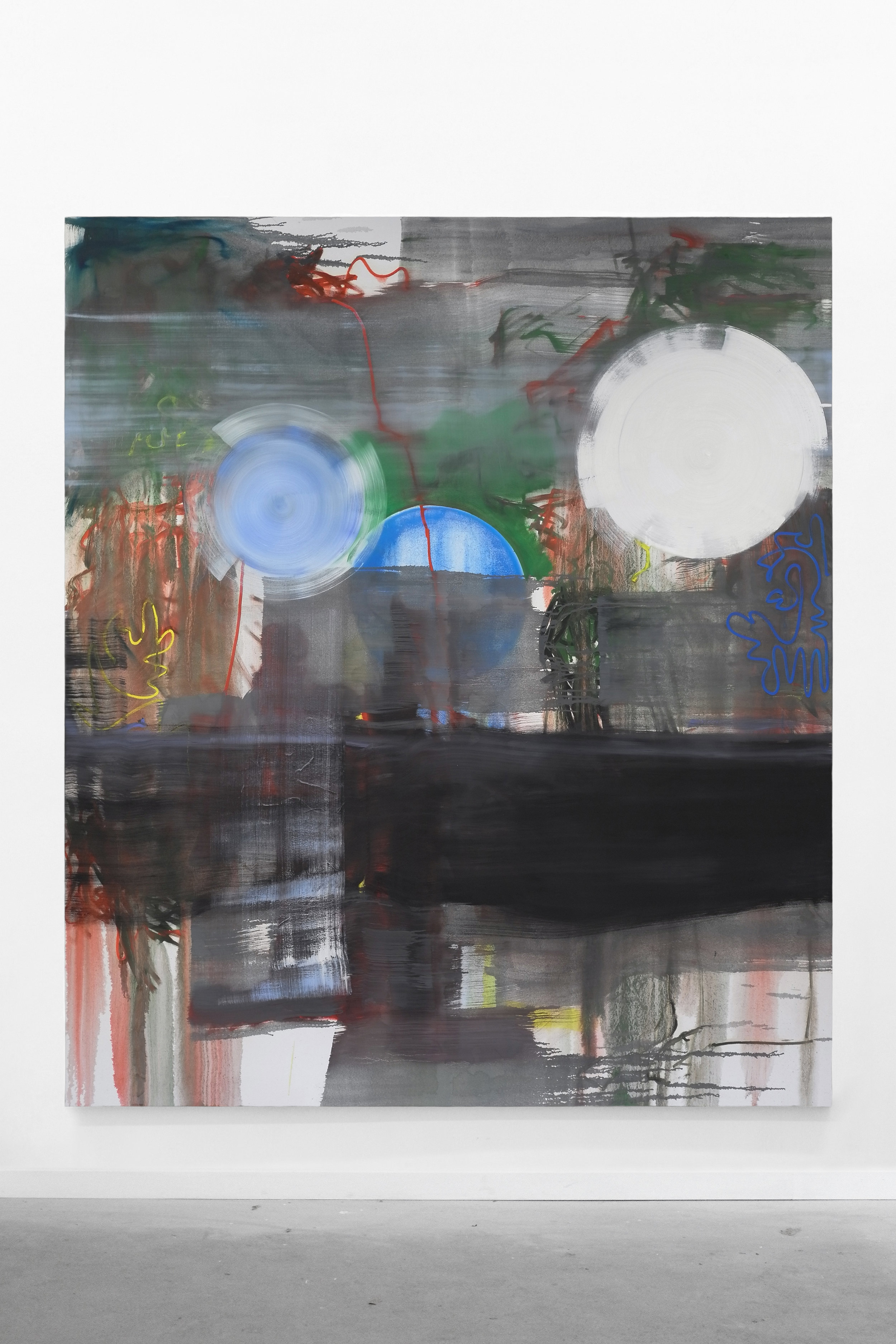Sonya Derviz

“I need energy, a flow of focus where conscious decisions work with something that extends it, my subconscious, my intuition, something that I don’t yet have the means to recognise, something unknown.”
Interview by writer Stephen Feather
Could you tell us a bit about yourself and your background? Where did you study?
I was born in Moscow, Russia. My family moved to Asia when I was a child and at the same time I went to a boarding school in the UK. There was a feeling of a kind of independence from my family and home and I found myself growing up between three countries. This had a big influence on me as a child and I found myself developing friendships and connections to being here in the UK to almost fill this in, also finding that many people share my experience of growing up in different places and find their sense of background in their own terms. I continued to study in London and finished my BA at the Slade School of Fine Art a year ago. In the past year I’ve had my own studio in London and its been a really valuable time for my work.
Your work achieves a sort of other worldly effect through the variety of brushwork and paint handling. Can you tell us about your technique and how using different media influences your work?
The media that I use, so far has been more or less the same, decisions in fluidity of paint, of texture, translucency, opacity, getting to know the weight of colours, etc. are in focus when I paint. There is also a process of letting go of all these things, of using them without force but with a feeling of them, of what the painting needs with time. When the ‘technical’ or material aspect becomes an extension of my imagination or intuition the space between the two really narrows down.
But how these things meet each other is really interesting for me. How do I see a painting as a whole, do I believe in it and can I believe myself. And thats a subjective state of materiality to go through - in my mind. Its really a process of continually learning to let go or of acceptance and has a very intimate relationship to materiality of a painting, accepting the physical nuances and qualities that occur, and their own necessities - in that there is potential for something new.
So the main questions in my ‘technique’ are more to do with a process of continually finding my own language in painting. What do I hold on to and what do I let go of? How do these things meet each other, overlap and form with time - there is richness in that.
Right now I am working on a painting which shows a naked body, but doubled, so its really two shadows of a figure and no outline, no figure. Previously this painting also contained an image of a room and a spider, which I removed, or removed their recognisable elements. But the presence of that space is still within the image - maybe the light or the feeling of mass in shadow is still there, not confined to a recognisable definition of what it is.
I think that my work last year, which can be described as more abstract relates to this process a lot, and I feel the need to continue this in my work now, with more focused narratives. These works have a shared materiality or ‘technique’, because the paintings from before and the paintings now find form within a continuity. Finding an image that is not quite there, that is from the beginning - absent.
To what extent would you say your work is autobiographical?
It is, but in the sense that the process of work is personal. My relationship to events in life, understandings of my connection to a place, to family and home, experiences of love, of loss, have influenced me and my understanding of myself, my thinking and imagination.
Most of the elements in the narratives I use in some way started from life drawing or from something that I saw, stretched and changed, but that was the starting point. I have never consciously tried to make my work ‘autobiographical’, and its not my interest, but inevitably my surroundings affect me and after a while I notice this in my ideas or in how I paint.
Dancers II, 2018
Unititled, 2018
Unititled, 2018
Unititled, 2018
You’ve said that the subjects in your paintings are based on life studies but also share characteristics of people you know and come from your imagination. How do you work with this interplay and how do you know when a subject is resolved in your work?
Different narratives reaffirm each other, exist because of the other. At the moment my drawings from life are of the people that I know, although recently I started to work on drawings that are more based on my surroundings and my everyday. I get used to their features and working with something so familiar creates a useful for me boredom. As I exhaust the obvious, imagination starts to go overboard, really stretching features and losing that sense of familiarity, finding something new.
I don’t look to resolve the subject. I look to ways of developing it, movement and perhaps a process of it becoming something else, closer to my imagination. I need energy, a flow of focus where conscious decisions work with something that extends it, my subconscious, my intuition, something that I don’t yet have the means to recognise, something unknown. There are changes of pace in this process when I finish or start new paintings. My subjects continue, and I continue working with them to find new meanings. Its my own language which both develops and transitions, finds relationships. And this ‘language’ is like an entry point into myself - into myself painting.
By language - I try to describe the relationship between physical aspects of painting and my mind, imagination, thought, ambitions, limits, movements - this language is a process.
There are links between experiences in my life and what I then paint, a kind of ‘need to experiment’. These links cant be forced, they come out of painting. They are not something that I have the capacity to think about or dare to imagine. They come out of this need to experiment, of my process of work and my language in painting.
You’ve talked about finding a feeling or presence in your process. Do you find that this feeling or presence has changed in the final piece? Or that it can change over time in your work?
I think its a quality that the paintings have that is more to do with what I mentioned earlier, when I talked about subjects continuing into new paintings. Perhaps its to do with more transient ideas and the process of painting, of letting go or accepting what the painting needs that develops a continuity with time and ultimately reveals how a painting feels like, its not something that I can get rid of.
My understanding of my process develops with time and I start to recognise qualities in my paintings, or why something looks a certain way - that has actually been in my paintings for a while but I can only consciously see it with time. So again I think this feeling or presence is something to do with relationships of incomprehension and a deep understanding, consciousness and the subconscious, experience and newness. And ultimately its quite personal because it has a connection to how my intuition develops.
Good at Night III, 2019
Sedated, 2019
Unititled, 2018
Tell us a bit about how you spend your day / studio routine? What is your studio like?
I usually work Monday to Friday from 10 to 10, however sometimes I come in or leave earlier or later. Sometimes I work during weekends, but I also try to get some distance during those days, and do something else.
My studio is a space focused on painting, its a space where things can move fast or where I can leave aside a painting for some time before I decide on how to continue. Once in a while I spend a day just looking at what I have painted, at older and newer work. So its a combination of focuses or of exposure to things I am painting now and paintings that are waiting to be continued.
Is there anything new and exciting in the pipeline you would like to tell us about?
I am making new work, and I feel like some aspects of painting are coming together in an exciting way, something that I need from abstraction and something that I learned with more focused narratives - are finding an interesting connection right now, and I am really excited by this.
I was in the middle of a complicated visa application to stay in the UK for the past year and I couldn’t leave the country. So now I am planning to go to Italy for a while, and see lots of things that I have studied and read about and really spend time looking, drawing and painting too. I think its a good time to do something like that - so I am really looking forward to this.
All images are courtesy of the artist
Publish date: 21/08/19






